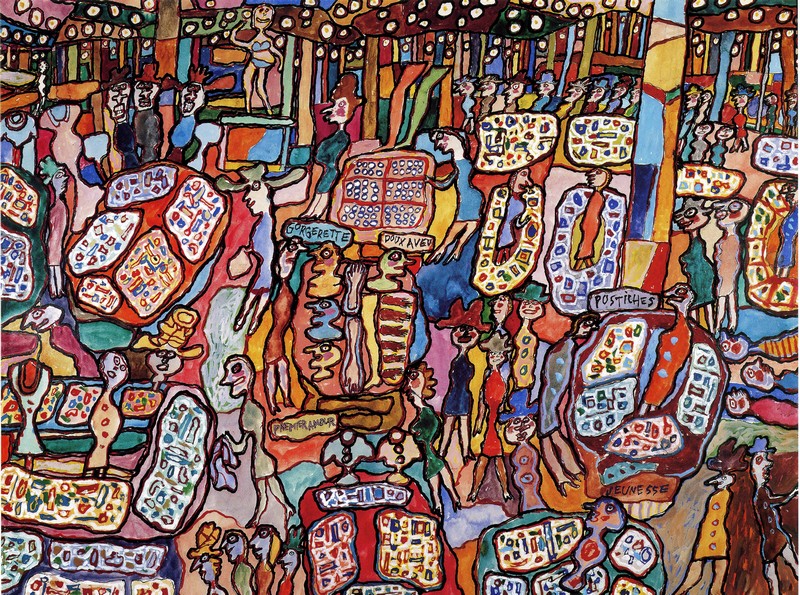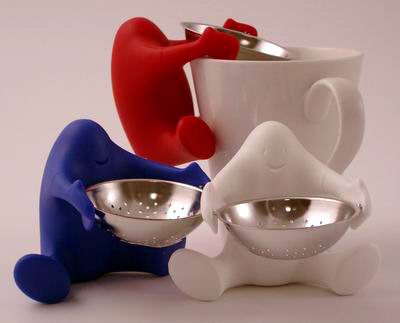Monday, June 7, 2010
Why do I want to be a designer?
DuBuffet and Basquiat




Elizabeth Gilbert and Sir Ken Robinson
-> Fear of making mistakes
-> Admiring logic too much
-> Avoiding ambiguity
-> Wanting to be practical
-> Thinking play is frivolous
-> Thinking thats not my area
-> Not wanting to be foolish
-> Deciding you are just not creative
How Art Made The World
This film explored how we as a human race have come to perceive the body the way we do. Through the analysis of the workings of the human mind, starting with the Venus of Willendorf, an ancient statuette, depicting the female form in a very exaggerated manner. Evidently due to the fact that fertility and reproduction was important at this time.


Milton Glaser, and Frank Gehry exercise



Wednesday, May 5, 2010
The Memphis Group, MORE Post Modernism
MEMPHIS GROUP
Mainly primary colours were used, yet they were used boldly, creating a great clash of colours. Some designs seemed very simple, but then they are contrasted to vastly different designs originating in this period. Simplified, irregular, organic shapes are used in almost all works from the Memphis Group. Something just doesn’t work within this particular style of design, it appears as if there is a great lack of unity. This is a given, as it was a reaction to the strict rules of modernism, form has nothing to do with the function of the object. However, some form of logic exist but confusion is created through the lack of unity.

THE CRISIS OF MODERNISM
This crisis was due to people taking advantage of the uniformity of post modern design. For instance, in regards to apartment buildings, architects became cheap when constructing the buildings to give them that post modern, simplistic, and repetitive feel. This crisis occurred in many aspects of design during the post modern era.
ALESSI
This is an Italian design company founded in 1921, which specialises in kitchen utensils and accessories. They are known for their post modern, and exclusive designs. They have revolutionised the way that people use and perceive kitchenware, and have made it an exclusive facet of people's everyday life.

PHILIPPE STARCK
Is a French product designer, and is very much a contemporary designer. He is k
nown for his stylish designs, and is very much an all round designer. Capable of designing interiors, and everyday products. He worked with Alessi to revolutionise the juicer into almost a post modern artwork.
